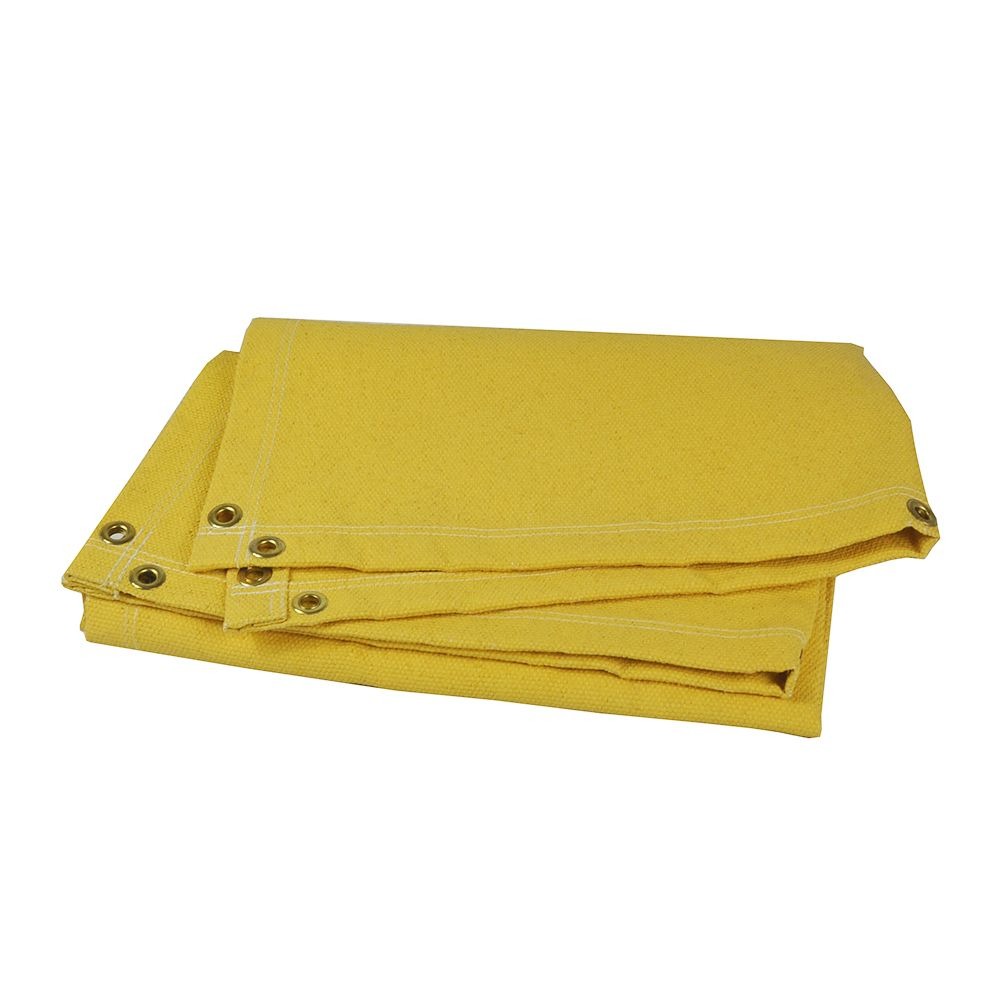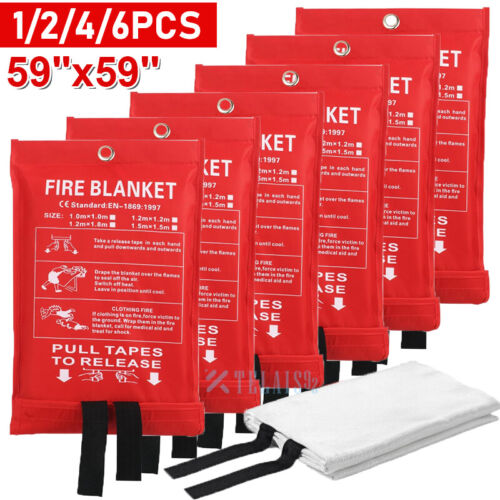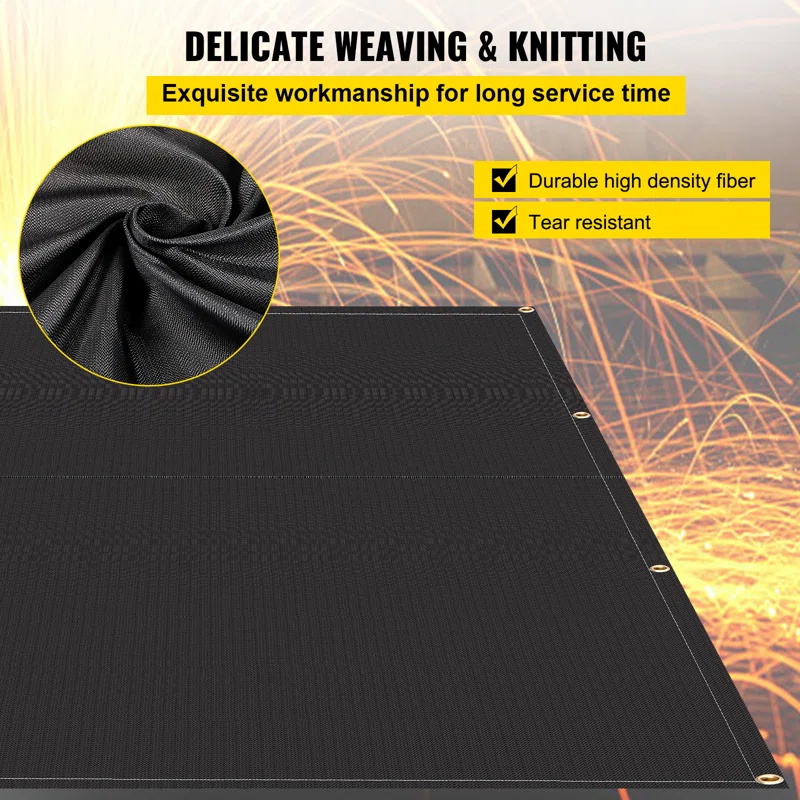Fire Blanket Embers: How to Safely Extinguish and Prevent Hidden Fire Risks
Summary:Learn how fire blanket embers can reignite fires if not properly handled. This guide explains safe extinguishing techniques, proper blanket use, and prevention methods to keep your home safe from hidden fire risks.
Understanding Fire Blanket Embers

When you use a fire blanket to smother flames, you might think the danger is over once the visible fire is out. However, hidden embers beneath the blanket can stay hot enough to reignite. These fire blanket embers pose serious risks if not addressed properly.
Fire blanket embers typically form when:
- You remove the blanket too quickly
- The fire source has deep-seated heat (like grease fires)
- Oxygen reaches the smothered area again
Proper Technique for Using Fire Blankets
To prevent fire blanket embers from causing reignition, follow these steps:
- Cover completely:Place the blanket over the entire fire area with extra overlap
- Leave it in place:Keep the blanket covering the area for at least 30 minutes
- Cool gradually:Don't pour water on covered grease fires - this can spread flames
- Check carefully:After removal, inspect for glowing embers with a thermal camera if available
Why Fire Blanket Embers Are Dangerous
Hidden embers under fire blankets can reach temperatures over 500°F (260°C). These hot spots can:
- Ignite nearby flammable materials when uncovered
- Cause delayed flare-ups minutes or hours later
- Damage the blanket's fibers, reducing future effectiveness
Special Considerations for Different Fire Types
Grease fires:The thick viscosity of burning oil retains heat exceptionally well. Always leave blankets on grease fires for at least 45 minutes.
Electrical fires:Even after power is cut, components can hold residual heat. Use thermal-rated gloves when checking for embers.
Wood/paper fires:These create the most visible embers but often cool faster than other fire types.
Maintaining Your Fire Blanket
To ensure your blanket remains effective against embers:
- Inspect monthly for holes or thinning areas
- Replace after any use (most blankets are single-use)
- Store in quick-access locations away from heat sources
- Choose blankets with ember-resistant materials like fiberglass
Advanced Ember Detection Methods
For commercial kitchens or industrial settings:
- Infrared thermometers can check surface temperatures
- Thermal imaging cameras reveal hidden hot spots
- Spark detectors provide automated monitoring
When to Call Professionals
Contact emergency services if:
- Embers persist after proper smothering attempts
- The fire involved chemicals or unknown substances
- You suspect structural materials may be smoldering
Preventing Fire Blanket Ember Situations
Reduce risks by:
- Keeping appropriate extinguishers nearby as primary defense
- Training all household members on proper blanket use
- Installing smoke detectors with heat sensors
- Having multiple blankets for large cooking areas
Remember: Fire blanket embers represent the silent danger after visible flames disappear. By understanding their risks and following proper protocols, you significantly improve fire safety in your home or workplace.






